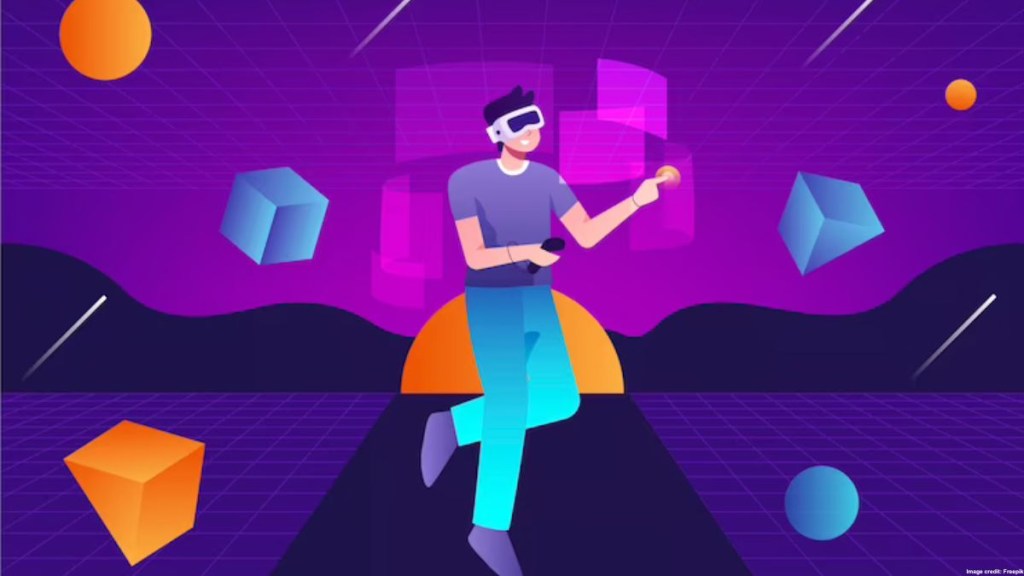By Bharat Patel
During the pandemic, digitalization was proven to be the shining dawn for the world as everyone was trying to make healthy progress both economically and physically. Government, industries, and people were battling against numerous major blowbacks that were experienced by them. In these battles the biggest arsenal, technology, was at the forefront. Soon the pandemic was lifted and people went back to their daily lifestyle. But there was one thing, a stellar change: people were starting to trust technological applications on a frequent basis.
The following adaptation empowered the digital technology industry to introduce solutions and services that were advantageous for individuals in many ways. One of the biggest contributors in this movement was Asia. In recent years Asia is starting to enter the modern territories of inventions. Its overall technological capabilities has expanded and is expected to steadily maintain the CAGR of 8% for the next 5 years.
Asia has one of the biggest game enthusiast communities in the world. From Mobile to PC gaming it has seen a significant rise in the number of users since the pandemic ended. A 17.7+ percent of elevation will be seen in the users of mobile game segment between 2023-27. The total number of users is projected to grow up to ~1.37 billion in 2027. Even the esports market is on the path of continuous development of profit, growing with a CAGR of 7.89%. Recently the revenue generated by the esports market was evaluated and the prediction was made that its revenue will reach $714.80 USD at the end of 2023.
A market with so much potential needs adequate technological upgrades and enhancements. The technologies that will contribute to this advancements are Artificial intelligence, Web 3.0, and Blockchain. Web 3.0 is mostly getting all the attention of the experts and investors as the technology is an amalgamation of blockchain, IoT, AI, and AR/VR. Unlocking a whole new and experimental gaming experience for the users. Industry experts have coined a new term “Web 3.0 Gaming”, which integrated modern technologies allowing developers to increase the scalability and flexibility of their game products and solutions.
Talking about scalability and flexibility, One of the most impactful and lucrative features of Web 3.0 gaming is the Play to Earn model. It unveils a whole new phase for gaming. Users can now play their favorite games, keep progressing forward in terms of level, MMRs, and unlock characters, their skins. These are called gaming assets and users are able to use an in-game or third party platform to trade these assets.
After the pandemic there was a new word coined “Virtual Consumers” and as the user base grew so did their expectations. This type of business model fulfills the expectations and demands of those virtual consumers. The user base of those virtual consumers is quite high in the Asian region compared to other countries. That is the reason you cannot speak of Web 3.0 gaming without Asia.
Another reason for this is the development of infrastructure. Other countries have started appreciating Asia for introducing cost-effective, low power-consuming and scalable: electronic, software, and hardware solutions. There has been a significant rise in the revenue generated by Asian countries by providing infrastructure as a service. Countries like China, Japan, India are competing neck to neck with the other western countries in terms of blockchain and infrastructure adoption.
It implies that the region has talents and experts who could design, develop, and implement Web 3.0 infrastructure easily. On top of that, numerous technical analysts have stated in the upcoming years we will be able to provide infrastructure as a service for the gaming industry. In India there is a strong community of enthusiasts and investors who are willing to grow and learn with the technology changes. As one can observe, the modern phase of the gaming industry is upon us and the most offensive strategy is to keep on researching. We need to keep on actively adapting the industry changes and be an essential part of this innovative change.
It’s not just about the talent, we also have investors who look forward to tapping into modern business possibilities. Asia is also highly benefited by its regulatory bodies that are established by the government. Although there are countries who have shared concerns about the adoption of new technologies, there are countries who have supported the use of blockchain and AI technologies to revamp their web generation. Setting up an administrative task force that will judge the whole business operation and every single parameter as well as the impact is extremely important. This will be proven a supportive approach for the industry and game development companies who have invested in the Web 3.0 gaming concept.
The procepts generated by Web 3.0 gaming is going to encourage companies who have the right talent and resources for developing Web 3.0 gaming solutions. This constant progress of development and assessment will require a strong regulatory framework. It might impact how the businesses and end-users perceive entertainment, nonetheless it will boost the revenue generated by the gaming market.
“Web 3.0 is not just a good technology, it’s the right technology helping the gaming industry gain upward momentum.” As a matter of fact technology scientists are bringing forth a more interactive, collaborative and personalized generation of internet. The Web 4.0: which will be proven an user-demanded intelligent internet. The technologies contributing in the development are Artificial intelligence, AR/VR, BCIs, Blockchain, and the most important is IoT. Due to AI, BCIs, and IoT the Web has been termed as “Semantic Web”. The term means bridging the gap between technology, machines, and humans. A new dawn of technological innovation is upon us and we should be ready to evaluate its benefits, utilizing them to their maximum extent.
The author is chairman and director, Yudiz Solutions

